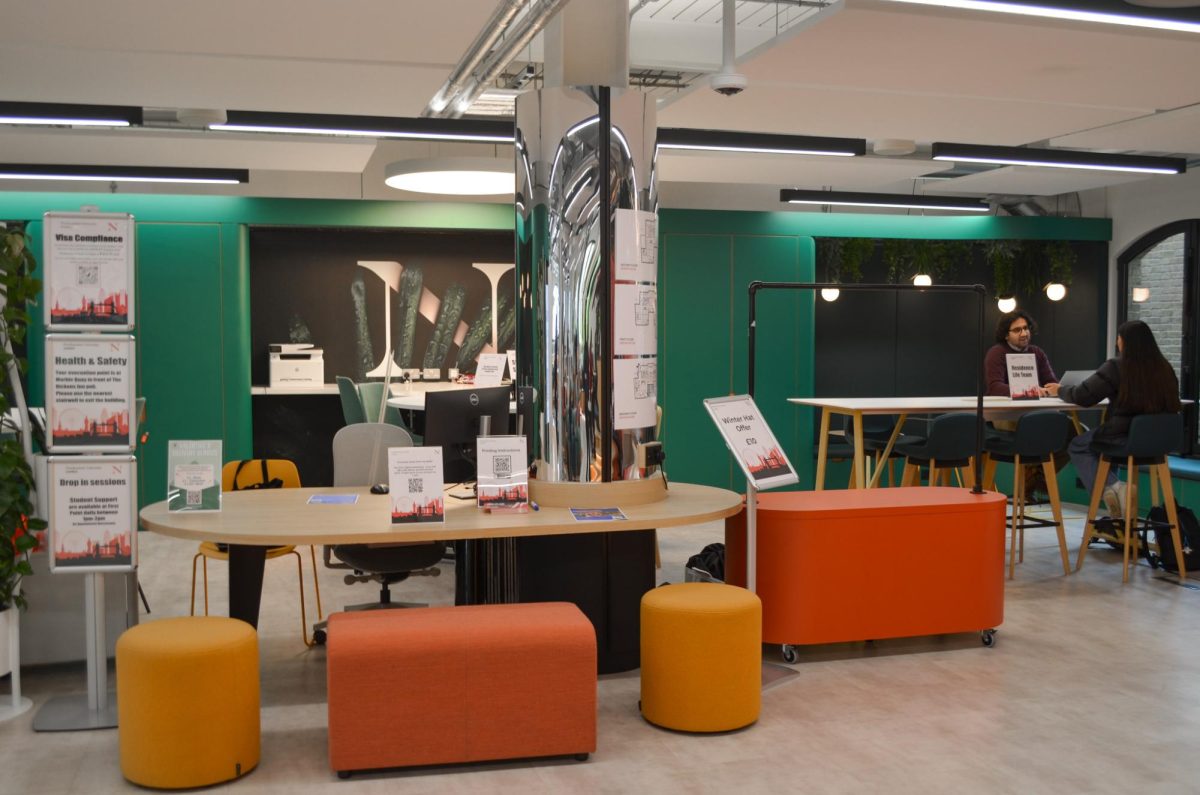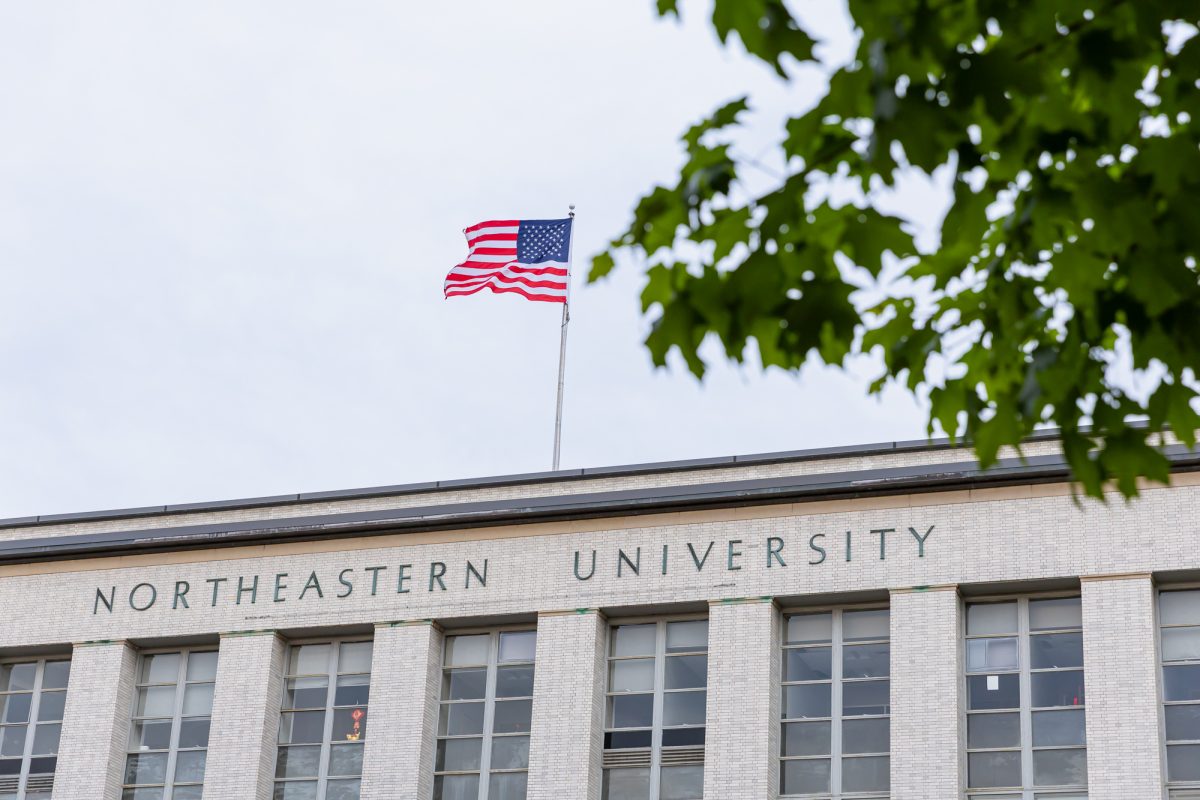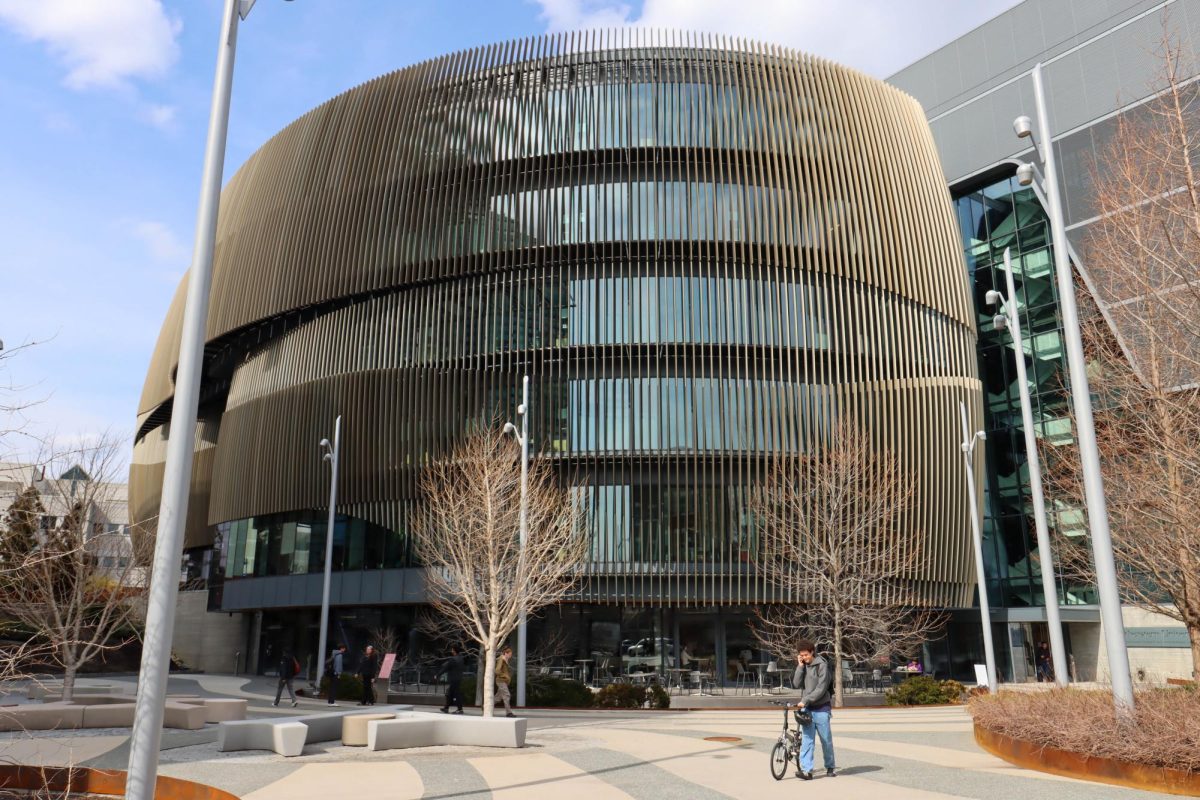 By Peter Petrin, News Correspondent
By Peter Petrin, News Correspondent
Huntington News: For those unfamiliar with Husky Energy Action Team, what is HEAT?
Alyssa Pandolfi: HEAT originally started back in the spring of 2007, when we encouraged President [Joseph] Aoun to sign the ACUPCC (American College & University Presidents’ Climate Commitment), basically a commitment that many college presidents have signed to show the commitment of their institution to become a sustainable, climate-controlled campus. Developing from that, HEAT’s focus over the past few years has centered on a commitment to carbon neutrality. These efforts take a lot of time because you have to change the entire culture of an institution, but we have definitely made strides.
HN: How can students get involved in the sustainability movement?
AP: HEAT has a lot of ways that we try to get students involved. At the beginning of each semester, we recruit volunteers for peer composting, where you go to the dining halls and explain and inform new students about composting. And last spring, HEAT did a bottled water presentation in the Library Quad to raise awareness about bottled water issues. For that, volunteers helped us research facts online and collect the bottles for the actual display. We also talk at our meetings about issues that we see around campus. During our meetings, we do something called “Rant and Rave” where people can rant about bad things happening around campus, or rave about the good things that HEAT is doing to try to fix them. We’ve been trying to do more raving lately, but in general, it’s a really good way for us to find out about what’s going on around campus.
HN: Over the past few years, how effective do you think HEAT has been in achieving what it set out to do?
AP: I think overall we’ve been effective. It’s great to see new generations come onto campus more aware about sustainability issues than ever before, but at the same time, there are people going in the opposite direction too, so we’re still working hard to change that. It’s also great to see the university commit to sustainability the way it has. The Princeton Review ranked Northeastern as one of the top 11 universities in the country in terms of commitment to “green” initiatives, which is great to see. When you look around, I think it’s clear that HEAT has already left its mark on campus.
HN: This past weekend, HEAT hosted the Trash2Treasure Fall Sale for the second year. How did it go?
AP: It went really well. This year we raised over $3,000 for an environmental justice organization called Alternatives for Community and Environment, to empower them and help them raise awareness about sustainability issues in lower income communities. The sale itself was chaos. Tons of people were flowing in and out throughout the day; there was a line out the door at ten in the morning. We’re already planning for next year’s sale.
HN: What can students expect to see from HEAT this upcoming year?
AP: So for the fall, HEAT is planning on hosting Do It In The Dark again, but earlier in the school year this time. We’ve had success with this as a spring program in the past, but we found ourselves advocating for all of these efficiency issues late in the school year … and then everyone leaves for the summer. So we’re moving that to [campus] this upcoming fall. Beyond that, we’re looking to do film screenings and panels, and we want to work with other groups focusing on all aspects of sustainability.








